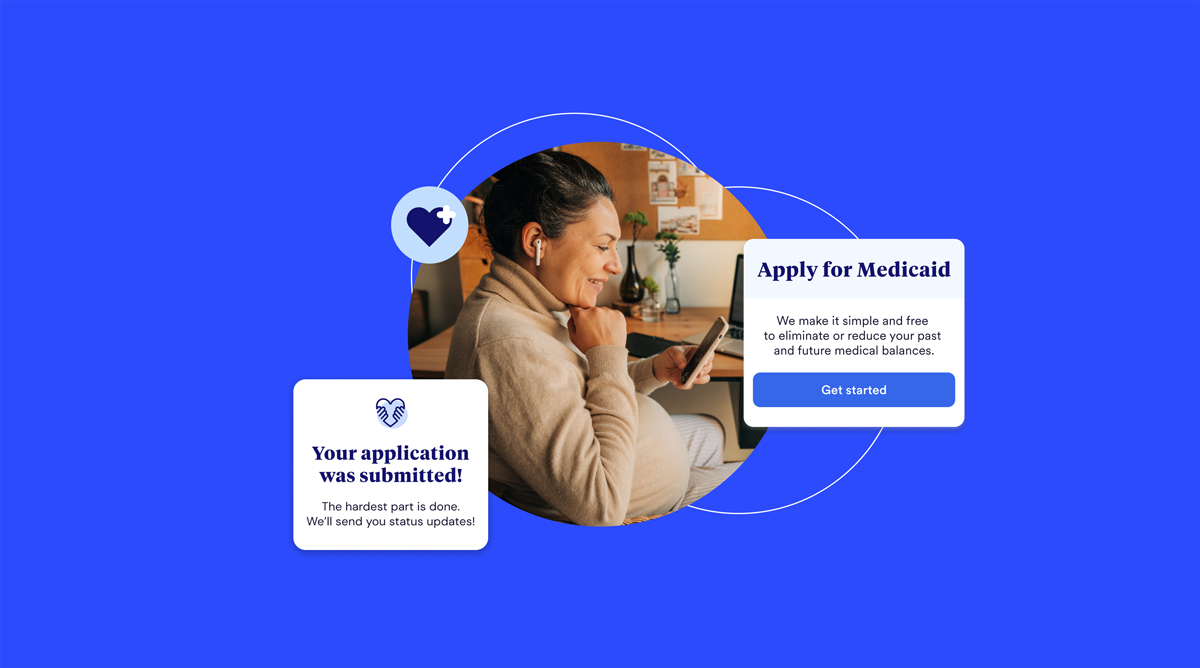Okay, Rena. Before we talk ‘data,’ what is this cute little coffee shop you picked and what’s in your cup?
Saturdays New York City is one of my favorite cafes in the neighborhood because it’s really more of a surf shop and retail store with a coffee bar on the side. It’s one of those cool, eclectic places that stands out to me as a unique Soho experience. There’s also a hidden garden in the back, which is always a nice touch. I drink my coffee black so beyond the atmosphere and company, I’m easy to please.
Speaking of unique experiences, care to share a bit about your background and what led you to Cedar?
With a degree in mathematics and economics, I started my career at a consultancy where I applied economic and financial theory to complex business problems. But it wasn’t until I had the opportunity to lead a corporate development project there that I got a taste of what it was like to build something and see first-hand the impact it had. This inspired me to pivot to technology ‒ I wanted to see more of the end results of my data research.
When the opportunity at Cedar came along, I knew I wanted to work on a problem in an industry that would have a huge impact on people’s lives. Having gone through several frustrating medical billing experiences myself, I could very much relate to the problem Cedar was trying to solve. I now work with our healthcare clients and end users [i.e., patients] to understand their pain points, then use those insights to inform hypotheses and how we can package our data in the most meaningful ways.
How exactly do you apply data analytics to impact the patient experience?
One of the most important things we look at is patient behavior on Cedar’s platform, which gives us an even deeper understanding of patient preferences and allows us to further personalize our solutions. It’s not just about looking at balance averages, self-pay statistics or insurance coverage status. That’s common knowledge in the industry. It’s about going deeper into our platform, bringing in other predictive data sets and doing some pretty advanced segmentation so we can map out what is leading a patient to engage in a certain way, why they are paying their bill, or why they aren’t. There are many factors going on in a person’s life at any given moment that factor into their behavior. We marry our platform data with patient demographics, patient satisfaction data, feedback from our clients and more, so in the end we are really creating that full, holistic view of the patient journey. I think that’s what really differentiates Cedar from a lot of other technology vendors who approach data in a more siloed fashion.
You clearly approach challenges with a creative mindset. Describe Cedar in three words…go!
Innovative: Not just because we are a tech start-up but because of the diversity of our team. We have healthcare experts, tech and engineering experts, leaders from entirely different industries ‒ all of whom lend to this amazing learning environment where everyone is applying past experiences to come up with creative solutions and different ways to solve complex problems in healthcare.
Collaborative: Everyone is so passionate about what they do here, and we all have a stake in the company. Naturally, ongoing communication and collaboration across teams is a big deal for us. Teams go out of their way to make it easy to learn from each other—whether it be weekly stand-ups, lunch-and-learns or chat channels.
Dedicated: One of our core values at Cedar is “focus on our mission”. We really care about creating solutions that will change and improve the patient experience. I constantly hear people ask: How will this impact the patient? What are we missing from the patient’s point of view? How can we make this better?
Your description of Cedar sounds pretty special. What do you love most about your job?
I love to see the impact that our product has on our client partners and their patients ‒ in essence, making something that used to be so difficult that much easier with smart technology. One of my favorite comments from a patient survey was from a ‘90-something’ year-old woman who expressed how easy the digital payment process was to use, and how happy she was that she didn’t need to search for her password or a postage stamp. Comments like that really keep things in perspective when you’re deep in the nitty-gritty of your day-to-day. I also love that we can make our providers’ jobs so much easier. I’ve been on a lot of client visits where they recall the “old days” when they used to have to open several windows on their screen to complete just one action and now they can just do it in one click through Cedar.
What are your hopes for our industry?
I think the biggest issue in healthcare is transparency, and I’m happy to see the issue surfacing more often in regulatory and leadership circles. You can expose prices and insurance plan details to patients all day long but we have a long way to go when it comes to making sure that information is accurate and easy to understand for patients so they can make informed decisions. Actionable transparency that puts patients back at the forefront of healthcare—that’s my dream!

Rena Yang is head of analytics at Cedar. Prior roles include business development at agricultural tech firm Gro Intelligence, and senior analyst at economic consulting firm Cornerstone Research. She recently completed her first marathon in one of her favorite cities: the Midnight Sun Marathon in Tromsø, Norway.
Interested in becoming a Cedarian? Check out our current openings.



